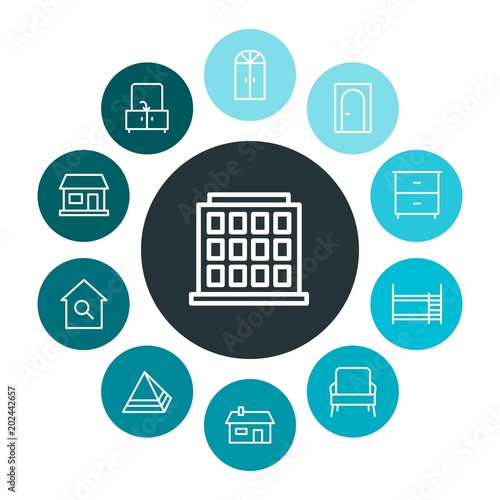Reveal The Enthralling Experience Of Restoring Aged Closets, Unveiling Unimaginable Tales And Unlocking The Keys Of Classical Times
Reveal The Enthralling Experience Of Restoring Aged Closets, Unveiling Unimaginable Tales And Unlocking The Keys Of Classical Times
Blog Article
Post By-Burke Crockett
To begin the trip of recovering antique cabinets, you require a keen eye for detail. Visualize uncovering concealed tricks within each layer of background ingrained in the wood. Picture the complete satisfaction of reviving a once-forgotten item to its previous magnificence. Every step of this precise procedure holds the vital to maintaining the past while producing a future antique. So, are you all set to start this transformative venture and unlock the potential of your antique cupboards?
Evaluating the Cabinet's Problem
When starting the reconstruction process, begin by examining the problem of the antique cupboard. Carefully check out the general structure for any indicators of damages such as fractures, chips, or loosened joints. Examine the wood for any rot, warping, or insect invasion that may have happened gradually. It's important to establish the extent of the repair needed prior to continuing even more.
Next off, evaluate the cupboard's equipment such as joints, handles, and locks. Make note of any kind of missing items or components that require fixing or replacement. Make kitchen remodeling and design that all hardware is working appropriately and firmly attached to the cupboard.
Additionally, evaluate the cabinet's surface. Try to find any kind of scratches, spots, or discoloration that might influence the visual charm. Determine if the finish needs to be stripped and reapplied or if a basic touch-up will certainly be enough.
Collecting the Needed Devices and Products
After analyzing the condition of the antique cupboard, the next action is to collect the essential tools and products for the reconstruction process. Prior to you start, guarantee you have the following things available:
- wood cleaner
- sandpaper in various grits
- wood filler
- paint or wood tarnish
- brushes
- handwear covers
- security goggles
- a dust mask
- a ground cloth
- a putty knife
- a hammer
- a screwdriver
- a hoover
These tools and products are necessary for a successful remediation.
Timber cleaner is vital for removing years of dust and grime buildup, preparing the surface area for fining sand. Sandpaper of various grits aids in raveling flaws and preparing the wood for a new surface. Timber filler comes in handy for repairing any splits, openings, or dents existing in the cupboard.
Repaint or wood stain, in addition to brushes, permit you to customize the cupboard to your preference. Bear in mind to wear gloves, security goggles, and a dirt mask for defense. Set https://renovate-front-of-house08642.liberty-blog.com/27919331/by-working-with-a-proficient-cabinet-manufacturer-your-house-has-the-potential-to-come-to-be-a-distinct-haven-where-each-element-is-carefully-created-and-implemented to protect your workspace, and utilize a vacuum to clean up any particles.
With these tools and materials collected, you prepare to start the remediation process.
Implementing the Reconstruction Refine
To effectively perform the restoration procedure on your antique cupboard, start by completely cleansing the surface area with the timber cleaner. This action is critical as it helps get rid of years of dirt, grime, and old polish that may have collected on the surface.
When the closet is tidy and dry, assess the problem of the timber. Look for any type of fractures, scrapes, or other problems that need to be addressed. Use wood filler to repair any type of imperfections, seeing to it to match the filler color to the timber tone for a smooth finish.
After the fixings have actually dried, delicately sand the entire surface area to develop a smooth and even base for the brand-new coating. Beware not to sand as well aggressively, as you do not want to damage the wood below.
Once the sanding is full, use a wood stain or end up of your selection, adhering to the manufacturer's guidelines. Permit disabled bathroom renovations to dry entirely before applying a protective leading coat to make sure the longevity of your recovered antique cabinet.
Verdict
Now that you have finished the restoration procedure, your antique cupboard looks as good as new.
By following https://knoxscmue.creacionblog.com/27704369/explore-the-aspects-that-add-to-choosing-the-very-best-timber-for-your-personalized-closets-and-elevate-the-setting-of-your-room-with-a-well-informed-choice -by-step overview, you were able to assess, fix, and enhance its problem with ease.
With a fresh finish and protective leading coat, your cherished piece will continue to shine for several years ahead.
Appreciate the beauty of your recovered antique closet!
